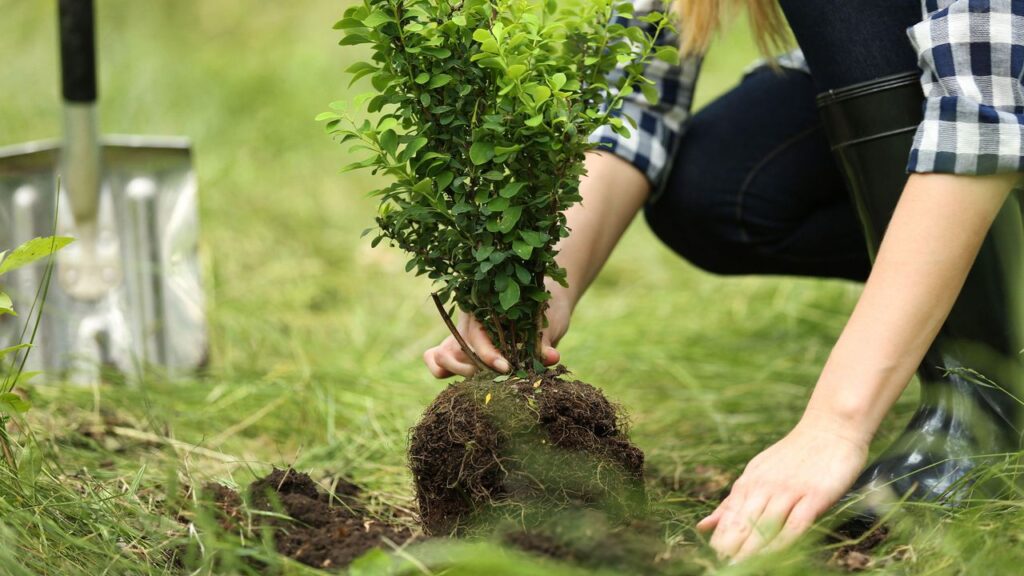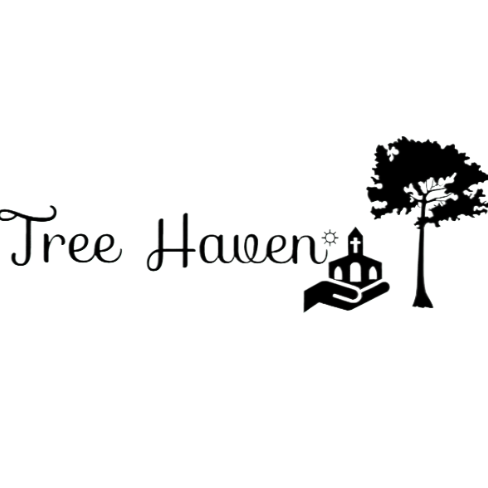The sight of a tree being removed can be bittersweet. While it may be necessary due to disease, storm damage, or landscaping changes, it often leaves behind a void in the landscape. If you’ve recently removed a tree from your property, you might be wondering: Can I plant a new tree in the same spot? The answer is yes, but it requires careful consideration and preparation to ensure the new tree thrives. In this comprehensive guide, we’ll explore the factors to consider, the steps to take, and the benefits of replanting a tree in the same location.
Why Replanting in the Same Spot Can Be Challenging
Planting a new tree where an old one was removed isn’t as simple as digging a hole and placing a sapling in the ground. Several factors can affect the success of the new tree:
- Soil Depletion: Over time, the soil around a tree can become depleted of essential nutrients, especially if the tree was large and had an extensive root system.
- Root Decay: The remnants of the old tree’s roots can decompose in the soil, potentially affecting the new tree’s growth.
- Pests and Diseases: If the previous tree was removed due to disease or pests, the pathogens or insects may still be present in the soil.
- Soil Compaction: The removal process can compact the soil, making it difficult for new roots to establish.
- Altered Soil pH: The decaying roots of the old tree can change the soil’s pH, which may not be ideal for the new tree species.
Despite these challenges, with proper preparation and care, you can successfully plant a new tree in the same location.
Steps to Prepare the Site for Replanting
Before planting a new tree, it’s essential to prepare the site thoroughly. Here’s a step-by-step guide to ensure the best possible conditions for your new tree:
1. Remove the Old Tree’s Stump and Roots
If the stump and roots of the old tree are still in place, they need to be removed or ground down. Stump grinding is a common method that involves using a machine to shred the stump into small wood chips. This process not only clears the space but also helps prevent the old roots from interfering with the new tree’s growth.
Pro Tip: If you’re unable to remove the entire root system, ensure the new tree is planted at least a few feet away from the old stump to avoid competition for nutrients.
2. Test and Amend the Soil
Soil testing is crucial to determine its nutrient content, pH level, and overall health. You can purchase a soil test kit from a garden center or send a sample to a local agricultural extension service. Based on the results, you may need to amend the soil by adding compost, organic matter, or specific fertilizers to restore its fertility.
Why It Matters: Healthy soil is the foundation for a thriving tree. Proper amendments ensure the new tree has access to the nutrients it needs to grow strong and healthy.
3. Loosen the Soil
Soil compaction is a common issue after tree removal, especially if heavy machinery was used. Use a garden fork or tiller to loosen the soil in the planting area. This step improves aeration and drainage, making it easier for the new tree’s roots to spread.
Pro Tip: Avoid over-tilling, as it can disrupt the soil structure and harm beneficial microorganisms.
4. Choose the Right Tree Species
Not all trees are created equal, and some species are better suited to specific soil conditions and climates. Consider the following factors when selecting a new tree:
- Mature Size: Ensure the tree has enough space to grow without interfering with structures or other plants.
- Soil Preferences: Choose a species that thrives in your soil type and pH level.
- Climate Compatibility: Select a tree that is well-adapted to your region’s weather conditions.
- Disease Resistance: Opt for a species that is resistant to common pests and diseases in your area.
Example: If the old tree was an oak, consider planting a different species, such as a maple or dogwood, to reduce the risk of soil-borne diseases.
5. Dig the Right-Sized Planting Hole
The planting hole should be twice as wide as the tree’s root ball but no deeper than the root ball itself. This allows the roots to spread easily while preventing the tree from settling too deep into the ground.
Pro Tip: Avoid adding fertilizer directly to the planting hole, as it can burn the roots. Instead, mix compost or organic matter into the backfill soil.
6. Plant and Mulch the Tree
Place the tree in the hole, ensuring the root flare (where the roots meet the trunk) is level with or slightly above the soil surface. Backfill the hole with the amended soil, gently tamping it down to remove air pockets. Water the tree thoroughly to help it settle.
Apply a layer of mulch around the base of the tree, keeping it a few inches away from the trunk. Mulch helps retain moisture, regulate soil temperature, and suppress weeds.
Benefits of Replanting in the Same Spot
Replanting a tree in the same location offers several advantages:
- Preserves the Landscape: A new tree can fill the void left by the old one, maintaining the aesthetic appeal of your yard.
- Environmental Benefits: Trees improve air quality, provide shade, and support local wildlife.
- Emotional Value: If the old tree held sentimental value, planting a new one in its place can be a meaningful way to honor its memory.
- Cost-Effective: Reusing the same location eliminates the need to prepare a new site, saving time and effort.
Common Mistakes to Avoid
While replanting a tree in the same spot is achievable, there are some common pitfalls to watch out for:
- Skipping Soil Preparation: Failing to test and amend the soil can lead to poor tree growth.
- Choosing the Wrong Species: Planting a tree that isn’t suited to the site’s conditions can result in failure.
- Overwatering or Underwatering: Proper watering is essential for establishing a new tree.
- Ignoring Pest and Disease Risks: If the old tree was diseased, take steps to mitigate the risk of reinfection.

FAQs About Replanting Trees
1. How long should I wait before planting a new tree?
It’s generally recommended to wait at least a few weeks to a few months after removing the old tree. This allows time for the soil to recover and any remaining roots to decompose.
2. Can I plant the same type of tree?
While it’s possible, it’s often better to choose a different species to reduce the risk of soil-borne diseases and pests.
3. Do I need to remove all the old roots?
Not necessarily. While removing large roots is beneficial, smaller roots will decompose over time and contribute to soil health.
4. How can I improve soil health after tree removal?
Adding organic matter, such as compost or well-rotted manure, can help replenish nutrients and improve soil structure.
Final Thoughts: Giving New Life to Your Landscape
Planting a new tree where one was recently removed is a rewarding endeavor that requires careful planning and preparation. By addressing soil health, choosing the right species, and following proper planting techniques, you can create an environment where your new tree can flourish. Not only will this enhance the beauty of your landscape, but it will also contribute to the health of the planet by providing shade, clean air, and habitat for wildlife.
So, the next time you find yourself staring at an empty spot where a tree once stood, remember that with a little effort and care, you can breathe new life into that space.
Happy Planting!
-
15 Easy Breakfast Ideas That Save Time
-
20-Minute Air Fryer Recipes Everyone’s Loving
-
Top 10 Quick & Healthy Dinner Recipes for Busy People

